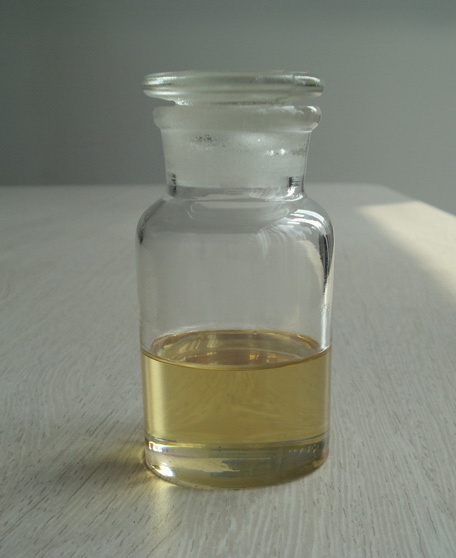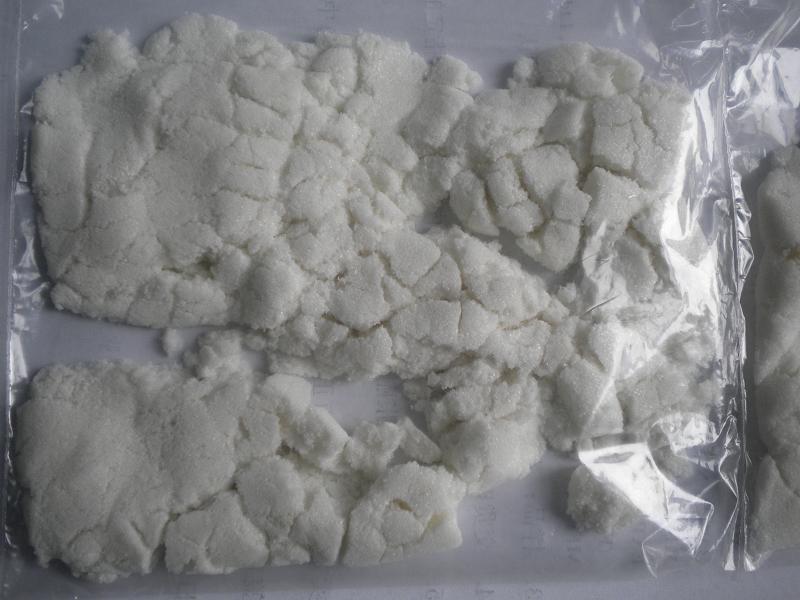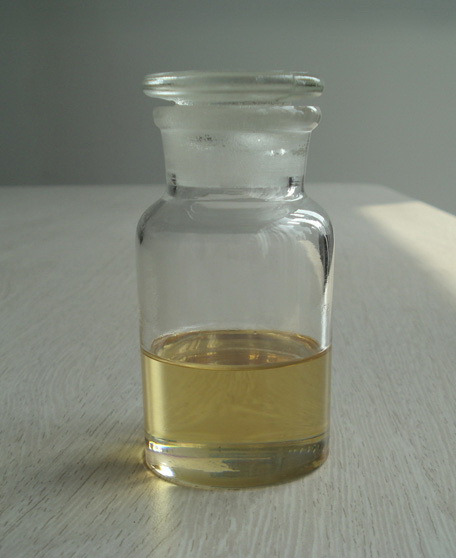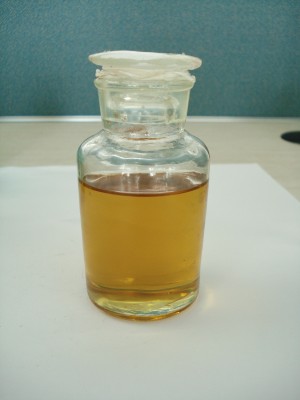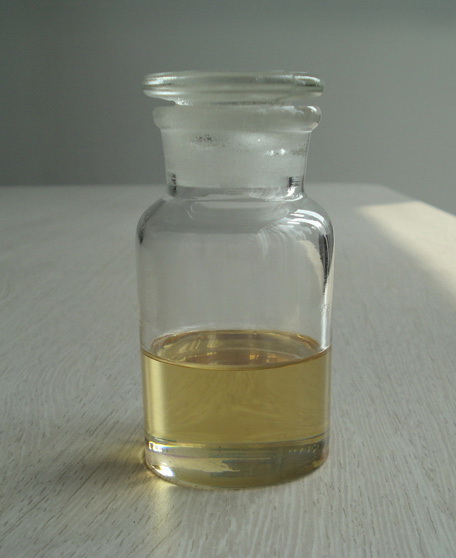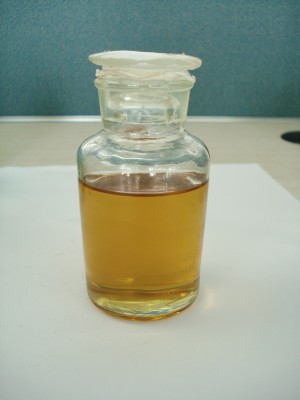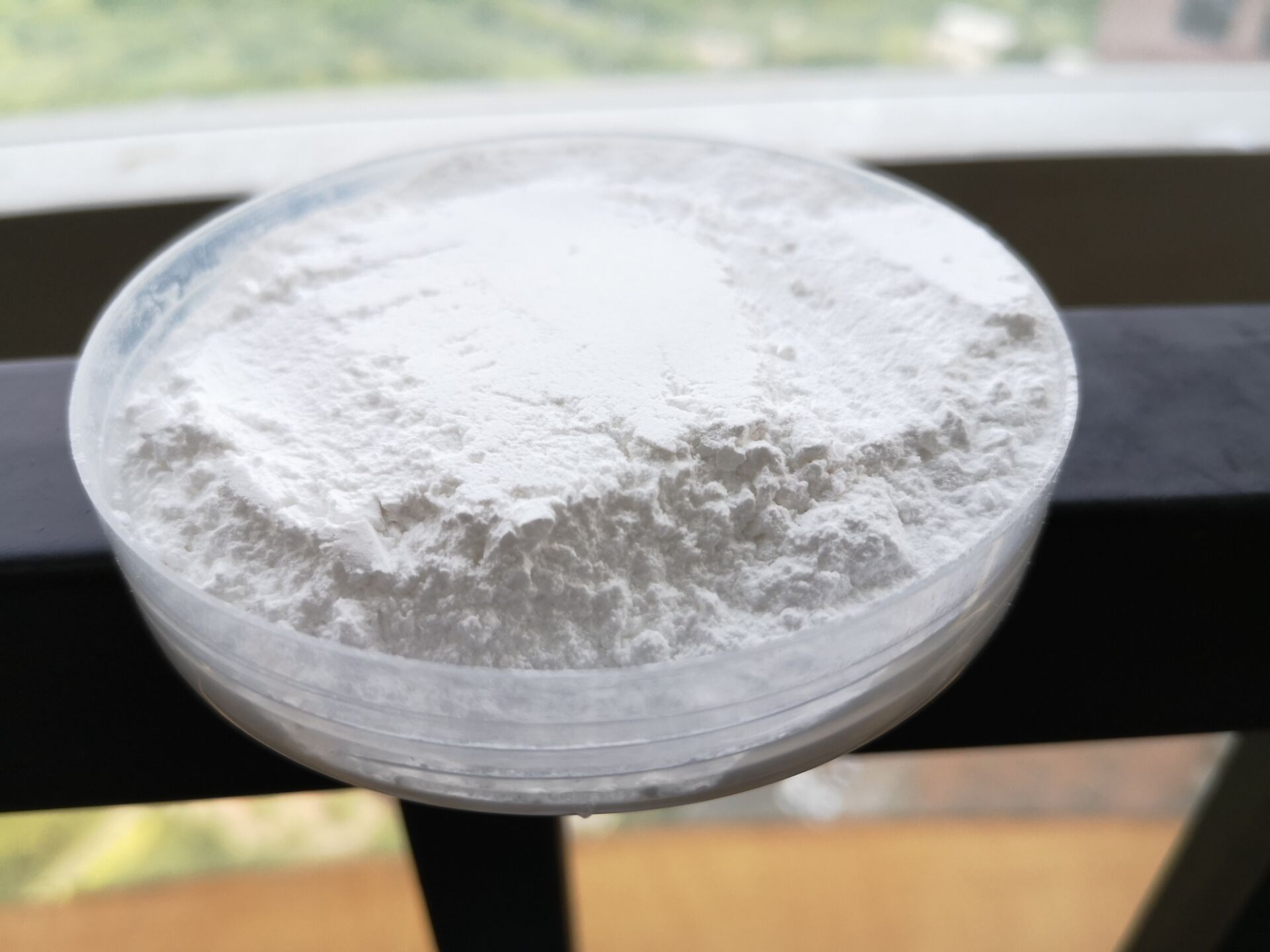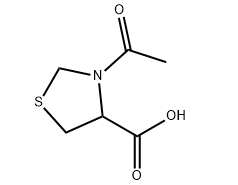Introduction
| Imazameth Usage And Synthesis |
| Uses | Imazapic is registered throughout the world for use in peanuts, rangeland, sugarcane, and imidazolinoneresistant canola (12). A nonionic surfactant or oil adjuvant is required for maximum activity. |
| Pharmacology | Imazapic kills plants by inhibiting acetolactate synthase (ALS) (I50 = 1 μM), which is the first common enzyme in the biosynthesis of the branched chain amino acids, valine, leucine, and isoleucine. Imazapic is rapidly absorbed through the leaves of plants. Once it enters the plant, imazapic translocates to the growing points and growth ceases within 1 day after herbicide application followed by chlorosis and then necrosis of the growing points. Total plant death will occur within 2 to 3 weeks after treatment. |
| Environmental Fate | Imazapic is weakly to moderately adsorbed on sandy loam and silt loam soils. The Freundlich adsorption coefficient ranges from 0.17 to 2.99, (12). Because imazapic is a weak acid and exists in different ionic states, soil pH has an effect on soil binding properties. The anionic form predominates at soil pH as low as 5.5, and this form binds weakly to soil. The neutral or molecular form is important at soil pH from 4 to 6.5. This form binds to soil organic matter and clay. The cationic form is important at pH less than 4. Because the soil is a heterogeneous mixture of acid and base chemical groups, there may be sites within a particular soil that are 2 to 3 pH units higher or lower than the average pH. The cationic form will bind tightly to the lower pH components. Because of these interactions, small decreases in pH below 6 will result in large increases in binding. The half-life of imazapic in the soil is 106 d. Imazapic remains in the top 30 cm of the soil with low leaching potential. The degradation route of imazapic in the soil has not been determined. |
| Metabolism |
Plant Metabolism. The selectivity of imazapic is due to differential rates and routes of metabolism in tolerant crops versus susceptible weeds(10). Imazapic has excellent selectivity in peanuts, but is not selective in soybeans. The difference in the tolerance of these two legumes is due to the different routes of metabolism of imazapic in the two crops. The primary metabolite in soybeans is an imidazopyrrolo-pyridine derivative, whereas in peanuts, the primary metabolite is the glucose conjugate of hydroxy-imazapic. Although the imidazopyrrolo-pyridine derivative formed in soybean is immobile and is not an inhibitor of acetolactate synthase, the rate of degradation of imazapic in soybeans is not rapid enough for selectivity (10). In imidazolinone-resistant crops, the primary mechanism of selectivity is due to an altered acetolactate synthase that is not inhibited by the imazapic (11). Animal Metabolism (12). Metabolism studies in the rat showed that imazapic is rapidly excreted in the urine. There was no accumulation of imazapic or any of its derivatives in the liver, kidney, muscle, fat, or blood. |
| Toxicity evaluation | Imazapic has shown no mutagenic or genotoxic activity in the Ames assay, mammalian cell gene mutation assay, in vitro chromosome aberration assay, in vitro unscheduled DNA synthesis (URS) assay, or the in vivo dominant lethal assay inmale rats. The acute toxicity and effects on wildlife and soil microflora of imazapic are shown in Table 6. This herbicide also has a low potential for bioaccumulation in fish. |
More Products

